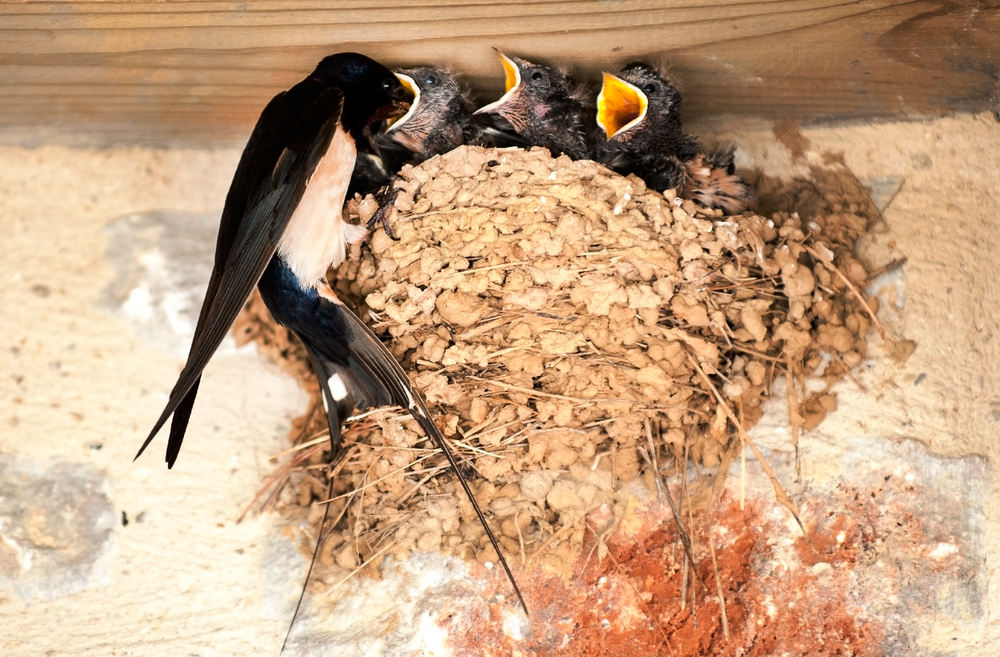Bird infestations can cause significant damage to homes and businesses, as well as pose health risks to humans and other animals. Effective bird removal requires a thorough understanding of bird behavior and biology.
Understanding Bird Behavior
Birds are highly adaptable creatures that are capable of nesting in a wide variety of environments. Understanding their behavior is key to successfully removing them from your home or business. Here are some behaviors to consider:
- Nesting habits: Birds will often return to the same nesting sites year after year, making it important to identify and remove nests to prevent future infestations.
- Roosting locations: Birds will often roost in protected areas, such as eaves, rafters, and attics, making it important to identify and seal off potential roosting sites.
- Feeding habits: Birds will often feed on seeds, insects, and other small animals, making it important to eliminate food sources to deter them from nesting or roosting in your property.
Understanding Bird Biology
Understanding bird biology is also crucial to effective removal. Birds have unique physical and physiological characteristics that impact their behavior and response to removal efforts. Here are some key biological factors to consider:
- Breeding habits: Birds breed at different times of the year, depending on the species, making it important to time removal efforts to avoid disrupting the breeding cycle.
- Flight patterns: Birds have unique flight patterns and behaviors that can impact their response to removal techniques, such as netting or trapping.
- Sensory perception: Birds have highly developed senses, such as sight and hearing, that can impact their response to removal efforts, such as loud noises or visual deterrents.
Improving Removal Success
By understanding bird behavior and biology, you can improve the success of your removal efforts. Here are some tips for effective bird removal:
- Identify the bird species: Different bird species have different behaviors and biology that impact removal techniques. Identify the species to determine the most effective removal method.
- Time removal efforts appropriately: Time removal efforts to avoid disrupting breeding cycles or other important behaviors.
- Use humane removal techniques: Use humane removal techniques, such as netting or live trapping, to minimize stress and harm to the birds.
- Seal off potential roosting and nesting sites: Seal off potential roosting and nesting sites to prevent future infestations.
- Eliminate food sources: Eliminate food sources to deter birds from nesting or roosting in your property.
- Monitor removal success: Monitor the success of removal efforts and make adjustments as needed to improve effectiveness.
Conclusion
Effective bird removal requires a thorough understanding of bird behavior and biology. By identifying the bird species, timing removal efforts appropriately, using humane removal techniques, sealing off potential roosting and nesting sites, eliminating food sources, and monitoring removal success, you can improve the success of your removal efforts and prevent future infestations. Remember to consult with a professional bird removal service if you are unsure about the best approach for your situation.

